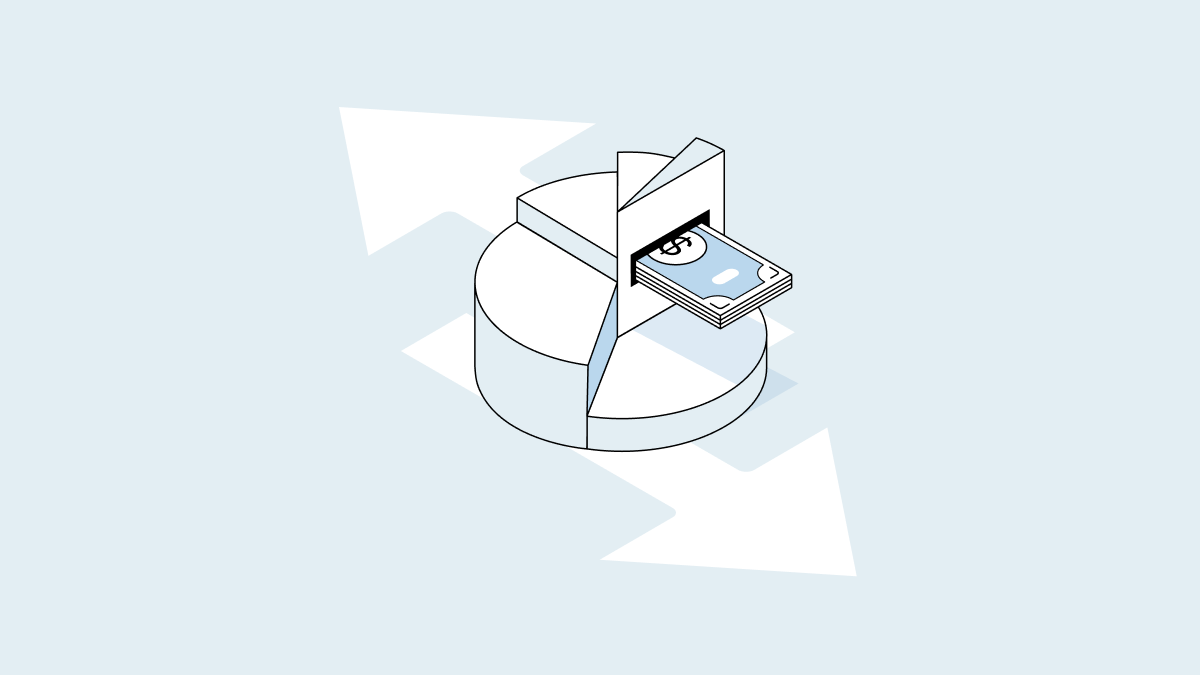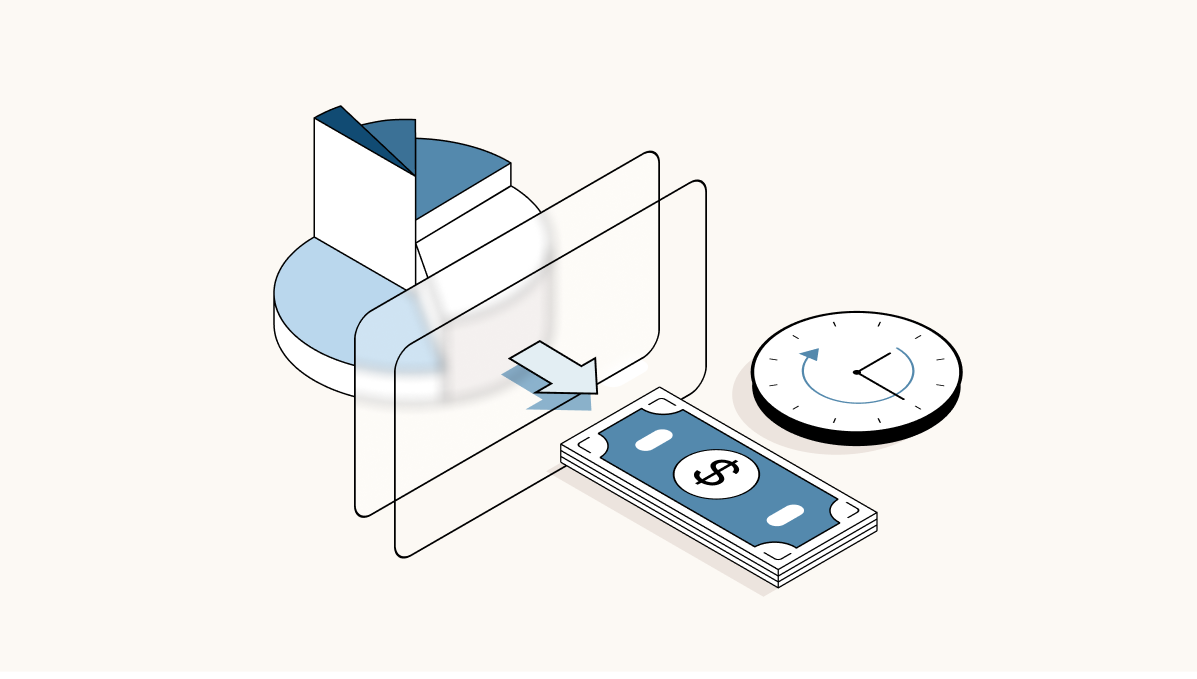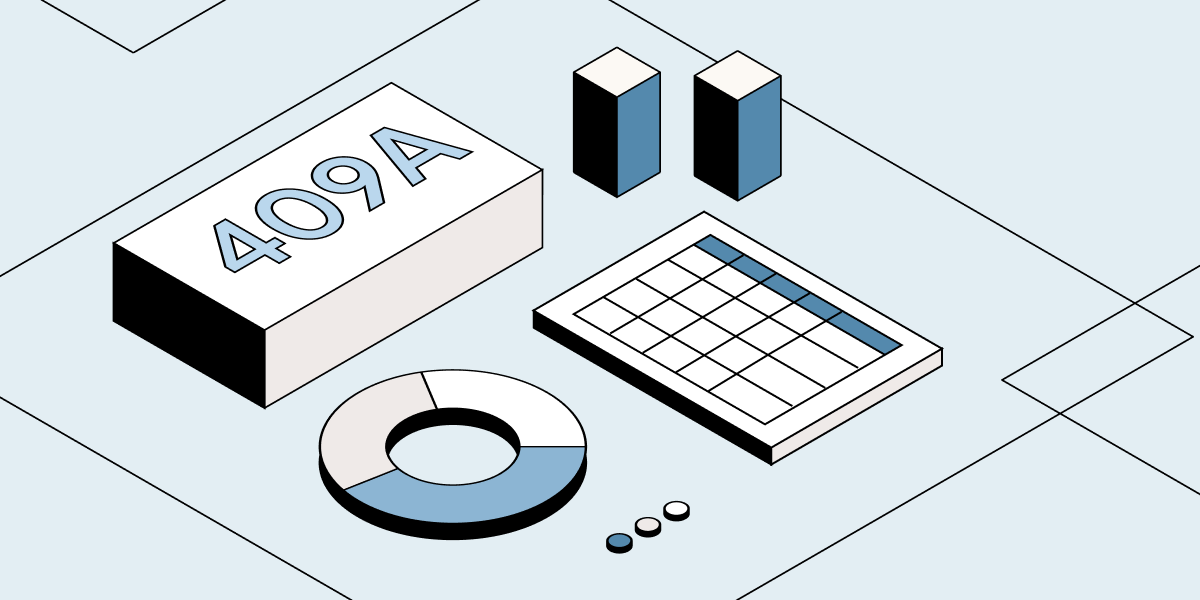What is a SPAC?
A special purpose acquisition company (SPAC) is a type of shell company that raises money in an initial public offering (IPO) for the sole purpose of acquiring a private company. Also known as a blank-check company, a SPAC can be used to take a company public without going through the traditional IPO process.
Before this acquisition—called a SPAC merger, initial business combination, or de-SPAC transaction—a SPAC has no operating history. Its business plan is based entirely on acquiring another company.
How does a SPAC work?
A SPAC is typically formed by a small group of business executives and investors with a track record of operating companies, negotiating acquisitions, and raising capital. This group of SPAC founders, also called the SPAC sponsors, conducts an IPO and raises capital from public investors based on their experience and reputation.
SPAC stock
When a SPAC goes public, its stock is almost always priced at $10 per share. A SPAC places the capital raised in its IPO into a trust account that can only be accessed to finance an acquisition. The investors in a SPAC’s IPO are betting that the sponsors will be able to locate and acquire a target that will cause the SPAC’s stock price to rise.
SPAC warrants
As an additional incentive to investors, a SPAC often issues warrants in addition to common stock. It typically sells shares and warrants in one single package called a unit. Warrants function as a promise to investors that they’ll be able to purchase additional SPAC shares if the company’s common stock price rises to a certain level. Warrants issued by SPACs often have an exercise price of $11.50.
How does a SPAC merger work?
Once a SPAC raises capital during an IPO, it begins to look for a target company to acquire. Because a SPAC is publicly traded, it must disclose any substantive merger talks to the public. The SPAC merger is negotiated like most other mergers and acquisitions (M&As), with the SPAC and the target company working with financial advisors to negotiate terms.
Deal timeline
Most SPACs must announce a planned combination within a certain time frame after their IPO, usually two years. If a SPAC doesn’t find a deal in that period, it will delist from the stock exchange and return all its capital to investors. This liquidation is a SPAC’s version of going out of business.
SPAC redemptions
Once an agreement is signed, the two sides publicly announce the deal. Investors in the SPAC then vote on whether to approve the combination. If the acquisition is approved, investors still have the option to redeem their shares for the original price, essentially opting out of their right to be shareholders in the combined company. This redemption right helps reduce the risk for investors in investing in a SPAC.
PIPE investment in a SPAC
A SPAC merger often involves a private investment in public equity (PIPE). A PIPE deal is when one or more large private investors—such as hedge funds or mutual funds—privately negotiate a transaction with a public company, buying shares directly from the merger target rather than through public-market mechanisms. These are negotiated as part of the initial combination. Investing in a PIPE allows large institutions to buy shares at a discount if the announcement of the overall transaction eventually causes the SPAC’s share price to rise.
Company structure in a SPAC merger
A company that conducts an IPO remains the same business entity it was before. In a SPAC merger, the target company ceases to exist in its prior form once it is acquired by the SPAC. However, the newly combined company will often retain the original name of the target company.
The recent SPAC boom
The SPAC market experienced its biggest boom ever in 2020 and 2021. There were less than 50 IPOs by SPACs each year from 2015 to 2018. That figure climbed to 248 in 2020, and 613 more SPACs went public in 2021.
This was part of a much broader bull market across the global economy. In 2021, public stock prices climbed to all-time highs, venture capitalists invested more cash than ever before, and Wall Street experienced its biggest year ever for IPOs. When the wider market experienced a downturn in 2022, the market for SPACs again followed suit. There were 86 IPOs from SPACs in 2022, down 86% year over year.
SPAC vs. IPO
For a company that’s going public, one of the biggest differences between conducting an IPO and being acquired by a SPAC is the complexity of the transaction. A traditional IPO has stricter regulatory requirements, which makes the IPO process more time-consuming, complicated, and expensive than a SPAC merger.
This is because a SPAC merger doesn’t technically create a new publicly traded company, since the SPAC itself is already publicly traded. The SPAC is subject to normal IPO filing regulations when it goes public, but by its nature, it has no financial disclosures for the U.S. Securities and Exchange Commission (SEC) to examine at the time of its offering.
However, that difference in oversight may be changing. In March 2022, the SEC proposed new rules that would more closely align the disclosure requirements for IPOs and SPAC mergers.
SPAC vs. SPV
A special purpose vehicle (SPV) is another type of legal entity that investors use to invest in a single company. However, SPVs differ from SPACs in many key ways, including the way they are formed, their typical size, how common they are, and what sort of investors use them.
Most importantly, SPVs work with earlier stage companies and fill a different role in the lifecycle of a venture capital-backed company than SPACs. An SPV is most commonly used to acquire a minority stake in a private company, often an early-stage startup. If and when the private company is acquired or goes public, the SPV exits its investment.



